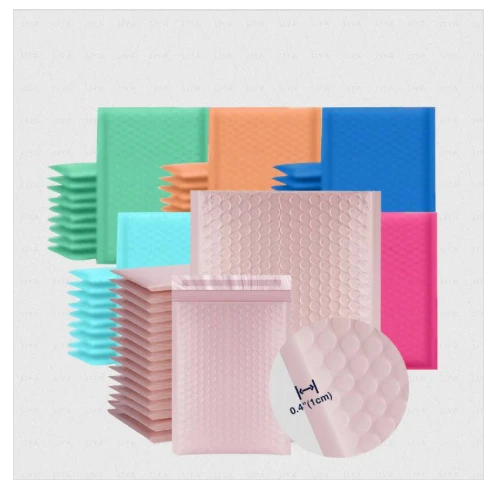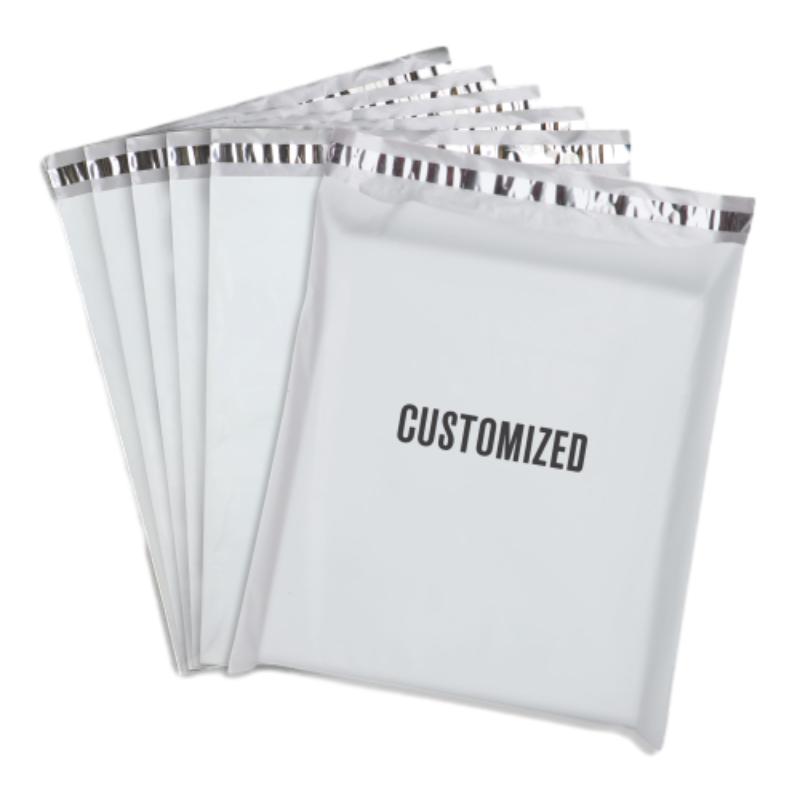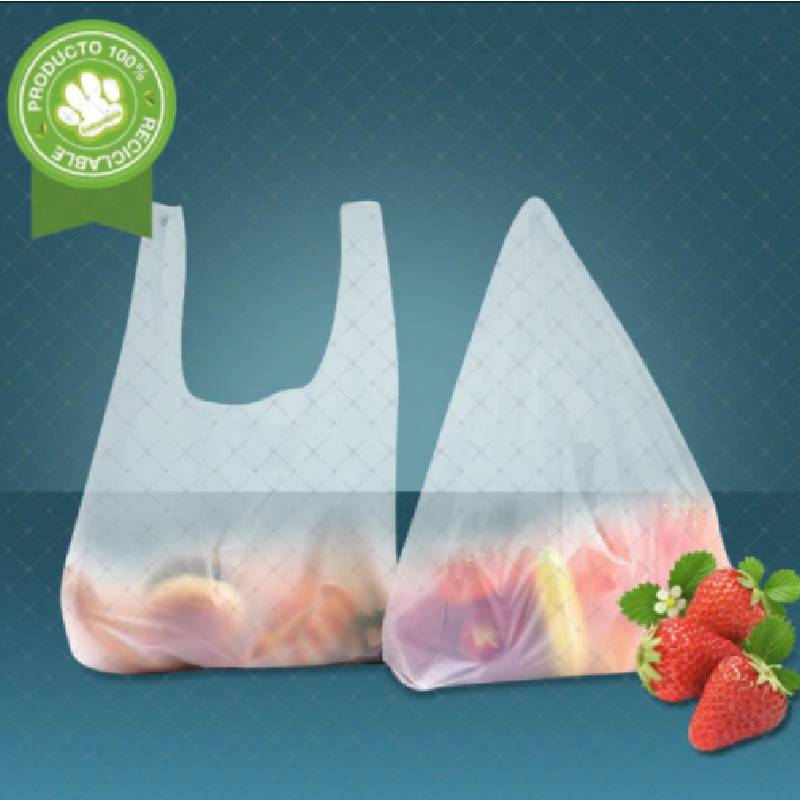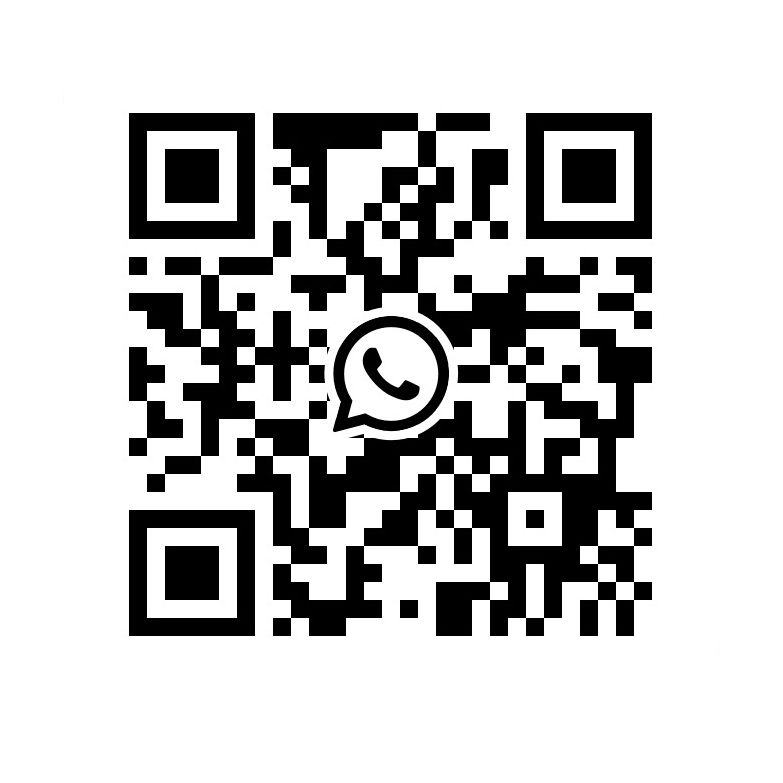Premium Drawstring Candy Bags Eco-Friendly Brown & Kraft Paper Candy Bags for Parties
- Introduction to drawstring candy bags
and their surge in popularity - Technical advantages and material innovation of modern candy bags
- Comparative analysis of manufacturers using a detailed data table
- Customization options and solutions for businesses
- Diverse application scenarios across industries
- Environment and sustainability: Brown paper & kraft paper options
- Conclusion: Why drawstring candy bags are the optimal choice

(drawstring candy bags)
Introduction: The Rising Popularity of Drawstring Candy Bags in Packaging Solutions
Over the past decade, drawstring candy bags have emerged as a preferred solution for secure, attractive, and eco-conscious packaging in the confectionery market. Recent industry statistics indicate a remarkable growth rate: the global flexible packaging market—driven in part by candy bags—is anticipated to reach $237 billion by 2028 (Market Research Future, 2023). This momentum is fueled by a shift toward convenience, hygiene, and sustainable materials, as well as consumer demand for premium presentation. Drawstring closures deliver added functional value, combining ease of use with resealability, which reduces candy spillage and extends product freshness. As brands strive to enhance user experience and differentiate themselves, drawstring bags, especially those crafted from brown paper and kraft paper, offer a unique blend of innovation and environmental responsibility.
Technical Advantages and Material Innovation in Candy Bags
Technological advancements have transformed candy bags from basic wrappers to engineered packaging solutions. Modern drawstring bags leverage reinforced seams, food-safe adhesives, and advanced printing methods that elevate both durability and visual appeal. Material science plays a significant role: kraft paper offers exceptional tear resistance and a premium tactile feel, while brown paper provides a biodegradable, rustic alternative. Drawstring systems now utilize ultra-soft, high-tensile cords ensuring repeated use without breaking. Furthermore, the use of FDA-approved barrier coatings keeps confections fresh by shielding them from humidity and contaminants.
Research shows that 65% of retailers witnessed a reduction in returns due to improved packaging integrity, and 72% of consumers expressed a preference for resealable packaging when purchasing candies and snacks (Packaging World Survey, 2023). Such figures underline the commercial advantage of integrating technical innovations in drawstring candy bag design, satisfying both brand owners and end users.
Manufacturer Comparison: Data-Driven Evaluation
Selecting the right manufacturer for drawstring candy bags involves assessing several critical attributes: product integrity, customization, eco-compatibility, cost, and lead time. To facilitate a comprehensive comparison, below is a detailed table highlighting key differences among top manufacturers in the market:
| Manufacturer | Minimum Order Quantity | Lead Time | Material Options | Custom Print Capability | Eco-Friendly Certifications | Customer Rating (1-5) |
|---|---|---|---|---|---|---|
| EcoPack Solutions | 5,000 units | 14 days | Kraft paper, recycled brown paper | CMYK up to 4 colors | FSC, USDA BioPreferred | 4.8 |
| PurePak Industries | 10,000 units | 21 days | Kraft paper, PE window | Pantone colors, matte/gloss finish | FSC, ISO 14001 | 4.6 |
| GreenValue Packaging | 3,000 units | 18 days | Brown paper, kraft paper | Digital, spot UV | OK compost HOME, FSC | 4.9 |
| BulkBag Distributors | 20,000 units | 30 days | Kraft paper, PP blend | Standard or custom logos | None | 4.2 |
The data above illustrates that suppliers like EcoPack Solutions and GreenValue Packaging deliver superior speed, lower minimum order quantities, and robust eco-credentials compared to competitors. This enables brands to align packaging procurement with sustainability goals, without compromising quality or time-to-market.
Customization Strategies for Businesses
Customization is pivotal in reinforcing brand identity and meeting specific market requirements. Advanced digital and offset printing enable the transformation of plain drawstring candy bags into vibrant, story-rich platforms. Whether a seasonal promotion or a limited-edition flavor, businesses can specify everything from bag size and cord type to graphic layouts and finishing effects.
For small-to-medium confectionery brands, short-run digital printing allows agile product launches with quantities as low as 3,000 units, reducing inventory risk while supporting campaign flexibility. Multinational retailers, on the other hand, benefit from large-scale offset runs that decrease per-unit costs while delivering consistent, high-quality visuals. Custom inserts—such as QR codes or tactile elements—can encourage customer interaction and build loyalty programs seamlessly linked to packaging.
According to industry feedback, brands with personalized packaging witnessed a 19% average lift in repeat purchases and up to a 41% increase in unboxing satisfaction (Nielsen, 2023). By selecting from diverse material swatches—such as matte or glossy kraft, recycled brown paper, or even transparent film hybrids—companies can drastically improve perceived value and differentiation in crowded retail environments.
Application Scenarios and Case Studies
Drawstring candy bags are used far beyond traditional candy stores. In the hospitality sector, they serve as premium amenity packaging for hotel turndown treats and event favors. Boutiques and craft confectioners leverage custom-printed bags for artisan sweets, while corporate brands utilize branded bags as trade show giveaways or influencer marketing drops.
A notable example comes from a prominent bakery chain that shifted to kraft paper drawstring bags for their gift assortments. Sales of specialty confections increased by 26% after rebranding, attributed to the new packaging’s appeal and gift-ready convenience. In another case, a farm-to-table festival distributed organic candies in brown paper candy bags certified compostable; post-event surveys found 93% of attendees preferred the experience over conventional plastic pouches, and waste diversion efforts reduced landfill disposal by over 300 pounds.
In e-commerce, unboxing is a powerful moment: brands incorporating interactive or reusable drawstring packaging report up to 130% higher social media sharing rates within customer communities.
Eco-Responsibility: The Brown Paper & Kraft Paper Advantage
Sustainability is now a core expectation in packaging procurement. Brown paper candy bags and kraft paper candy bags address this priority, offering renewable, home-compostable alternatives with minimal carbon footprint. Kraft paper is manufactured predominantly from pine pulp, requiring 30% less energy to produce than bleached papers, and boasting >90% biodegradability under composting conditions. Brown paper, unbleached and often recycled, harnesses post-consumer fibers, diverting waste and reducing raw material consumption.
Certifications like FSC, OK compost HOME, and USDA BioPreferred validate these bags’ environmental credentials for global buyers, facilitating compliance with retail and food safety standards. Additionally, end-of-life recycling rates for kraft and brown paper packaging are above 68% in North America (EPA, 2023), among the highest for consumer packaging materials worldwide. Thus, drawstring candy bags made from these substrates not only protect confections but also underscore a commitment to responsible operations and circular economy principles.
Conclusion: Drawstring Candy Bags as the Ultimate Candy Packaging Solution
As consumer expectations for packaging design, convenience, and sustainability continue to rise, drawstring candy bags represent an optimal response to contemporary market needs. Through technical innovation, rigorous supplier evaluation, and flexible customization, these solutions offer tangible benefits for both brands and customers. Brown paper candy bags and kraft paper candy bags, with their proven environmental advantages, bolster brand reputation while contributing to industry-wide eco-progress. Businesses attentive to these trends will not only stand out today—but are investing in an adaptable, responsible packaging future.

(drawstring candy bags)
FAQS on drawstring candy bags
Q: What are drawstring candy bags used for?
A: Drawstring candy bags are perfect for packaging sweets and small treats. They're popular for parties, weddings, and gift giveaways. The drawstring makes them easy to open and close.Q: Are brown paper candy bags eco-friendly?
A: Yes, brown paper candy bags are made from recyclable materials. They are biodegradable and a great choice for eco-conscious customers. Using them helps reduce plastic waste.Q: How sturdy are kraft paper candy bags?
A: Kraft paper candy bags are strong and durable. They can safely hold candies, snacks, and small gifts without tearing. Their thickness helps protect contents inside.Q: Can drawstring candy bags be customized with logos?
A: Many suppliers offer customization for drawstring candy bags. You can add your logo or personalized messages. It's perfect for branding or making events extra special.Q: Are these bags suitable for food storage?
A: Yes, drawstring, brown paper, and kraft paper candy bags are food-safe. They're ideal for wrapping candies, cookies, or small food items. Always check with the supplier for food-grade certification.-
The Best Uses for Small Trash Bags in Daily LifeNewsJul.01,2025
-
Stylish Reusable Grocery Bags TrendsNewsJul.01,2025
-
Shipping Advantages of Using Bubble Envelopes BulkNewsJul.01,2025
-
How Compostable Mailing Bags Reduce Environmental ImpactNewsJul.01,2025
-
Environmentally - Friendly Bulk Poly MailersNewsJul.01,2025
-
Eco Friendly Custom Laminated Tote BagsNewsJul.01,2025
-
Have the freedom of customizing your custom mailers any way you want! Our dedicated packaging support will help deliver you the mailing experience you need to elevate your shipping experience to the next level! Start making a strong impression on your customers and stand out from your competitors! -
LIYA uses high quality raw materials which directly purchased from large enterprises domestic and overseas such as PetroChina, Sinopec, Sabic, Equate, ExxonMobil, Dow Chemical, Total, and Borouge, ensuring the price advantage and quality of the raw materials. -
LIYA uses high quality raw materials which directly purchased from large enterprises domestic and overseas such as PetroChina, Sinopec, Sabic, Equate, ExxonMobil, Dow Chemical, Total, and Borouge, ensuring the price advantage and quality of the raw materials.





